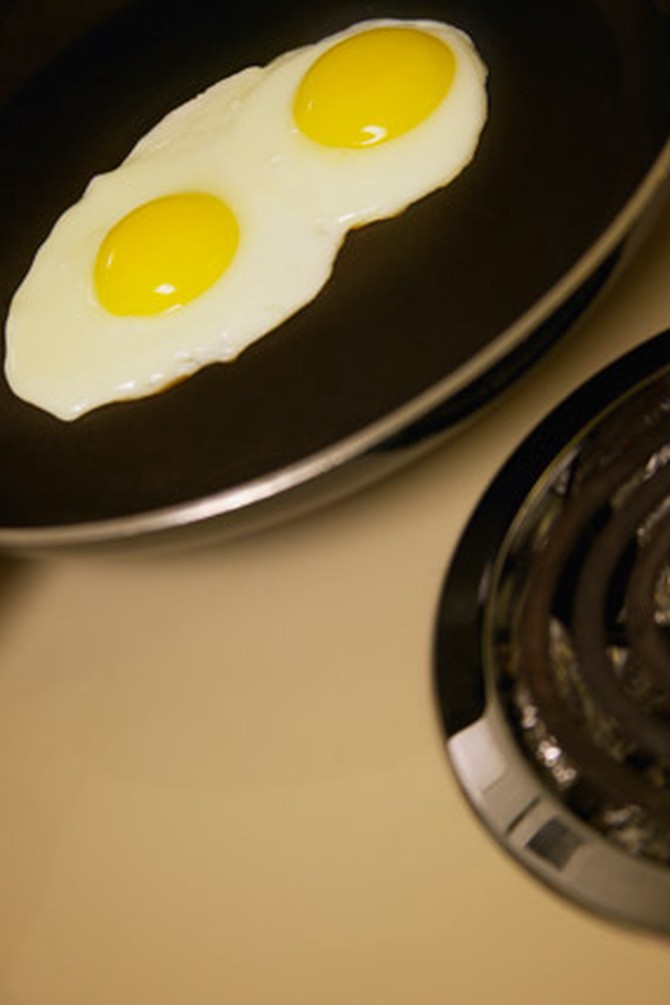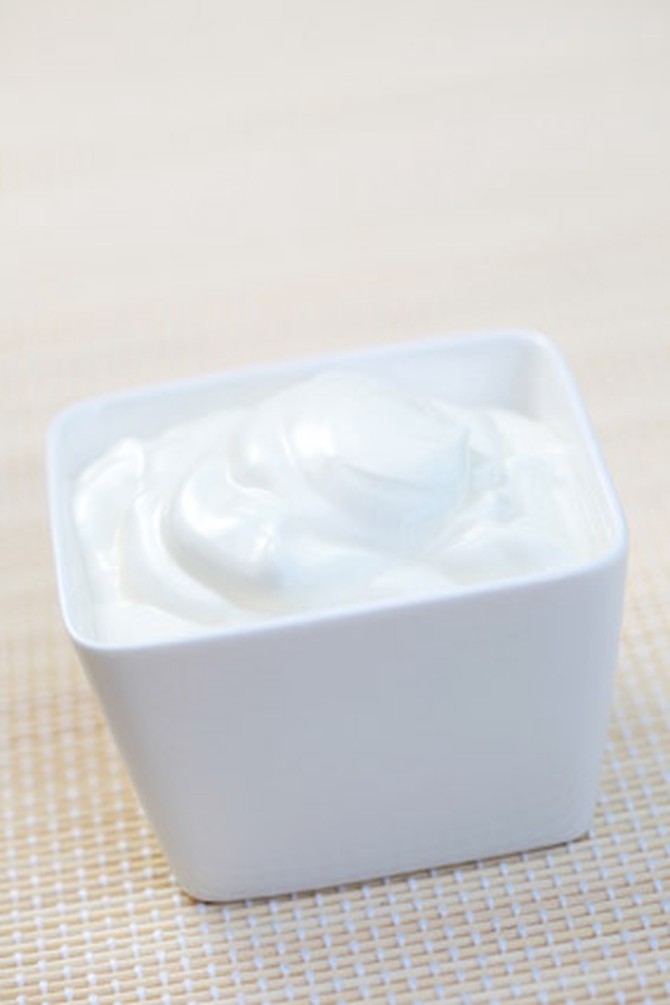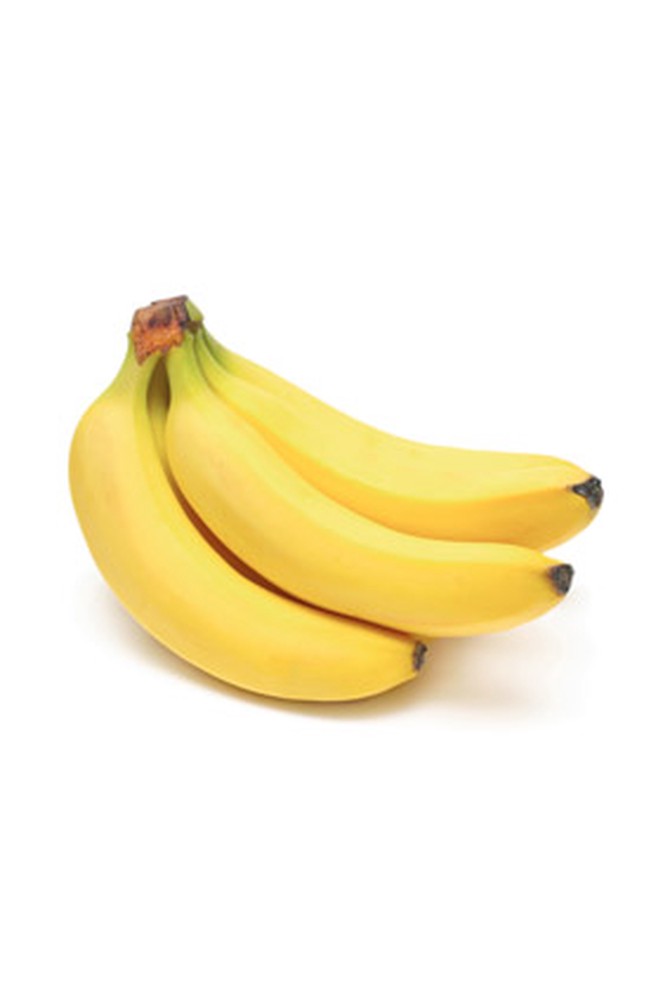6 Low-Cal Ingredients Every Kitchen Needs
Putting these vegetables, grains and other items on your shopping list ensures that every meal (snacks too!) will be healthier.
By Lynn Andriani

Photo: Thinkstock
The New Asian Green
As meatless mains become, well, mainstream, we're seeing more interesting vegetables in produce aisles. Komatsuna is one; it's a leafy green that's rich in vitamins and minerals. Like kale, Brussels sprouts and cauliflower, it has a lot of flavor and can punch up everything from soup to pasta. Earthbound Farm has just started selling a mix it calls Zen Blend, which includes komatsuna, baby spinach, baby kale, red pak choi and red mizuna. Eat it raw in salads; sauté it with garlic and olive oil and stir into pasta or serve as a side dish; or add a fistful to soup in the last five minutes of cooking.

Photo: Thinkstock
The Sneaky Baking Staple
You may have occasionally baked with applesauce before, but what you may not realize is that you can use any variety, smooth or chunky, in nearly any baked good, from pound cake to cranberry muffins to brownies. By replacing half of whatever fat the recipe calls for—such as butter, margarine, shortening or oil—with an equal amount of applesauce, you'll trim calories and fat. Single-serving sizes of applesauce are great for this; they keep in the pantry for six months to a year, and most come in portions of around one-third cup, which is just about half the amount of butter (or other fat) you'd find in a typical muffin recipe.

Photo: Thinkstock
Your Kitchen Wingman
Rather than pouring it by hand, using a spray bottle of oil helps you apply a much thinner coating to a pan before cooking eggs, meat, fish or vegetables. Most nonstick cooking sprays are made with oil (usually canola), water and an emulsifier such as lecithin. You can do it yourself too: Just mix one part olive oil with five parts water in a spray bottle. Shake well before each use and store in a cool, dark place like a kitchen cabinet (but not one directly above the stove).

Photo: Thinkstock
The Secret to Creamy Dips and Sauces
It seems everyone has jumped on the Greek yogurt train, with good reason: Even the low- and no-fat versions are significantly thicker, richer and creamier than the American stuff. By using the plain variety wherever you'd use sour cream, you'll save about 150 calories (versus using reduced-fat sour cream). Greek yogurt's cool, tangy flavor makes it great for dips and creamy dressings like ranch or green goddess, as a topping for tacos or chili, and as the base for a pasta sauce (add a few spoonfuls of the pasta's cooking water to thin it out).

Photo: Thinkstock
An Eat-It-Anytime Whole Grain
Whether you prefer simple brown rice, slightly crunchy quinoa or nutty bulgur (a quick-cooking form of whole wheat), make it a point always to keep a jar of whole grains in your pantry. They're the perfect bottom layer for a big bowl of roasted or sautéed vegetables (and meats too)—drizzle the dish with a bit of olive oil and sprinkle with herbs for a fast and nutritious meal. Cooked whole grains are also a good way to get a carb fix when you're eating a salad (just toss them in with the other ingredients) without having a big hunk of bread. They even work for breakfast: Try a warm bowl of bulgur with dried or fresh fruit and a dash of maple syrup.

Photo: Thinkstock
An Everyday Fruit Ready for Rediscovery
It's time to rethink America's favorite fruit: bananas are good for energy, your brain and bowel health. You could eat one of these inexpensive, 100-calorie fruits plain, layer slices onto PB&J sandwiches for breakfast or lunch, freeze and throw them into fruit shakes (they're excellent for smoothing out the flavor if you're also adding sharp-tasting greens like kale), or whiz them into a healthy, frozen midnight snack. Or try this heavenly treat: Make one long slice through the skin and tuck in whatever toppings you'd like, such as coconut, dark chocolate chips or chopped nuts. Grill over low heat until the fruit softens and the skin turns black.
Next: Just sweet enough: Desserts made without refined sugar
Next: Just sweet enough: Desserts made without refined sugar
Published 01/18/2013

